Note: This article was first published in January, 2016. However, in light of the recent controversy regarding the censorship of Udta Punjab and the resulting widespread denial of Punjab’s drug issues, the issues this article highlights have become even more relevant.
In January this year, reports from the All India Institute Of Medical Sciences (AIIMS) reveal the crude reality of the drug smuggling scenario in Punjab. The survey titled Punjab Opioid Dependence Survey: Estimation Of The Size Of Opioid Dependent Population show that opioids worth Rs. 7,500 crore are consumed by the state every year, and heroin constitutes a whopping Rs. 6,500 crore.
For most of us who were glowing under the impression of a Punjab of golden fields, song, dance, and thumping dhols, and excessive butter on everything the news is alarming. But these numbers are not new – the drug problem that seemingly exploded overnight in Punjab was recognised more than a decade ago.
But today the problem is crippling – almost unbelievable, because what this study suggests is that an entire generation is under threat of being wiped out by addiction.
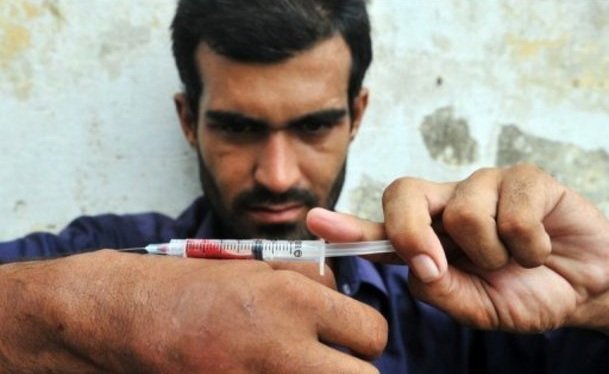
According to the results of the study conducted by the National Drug Dependence Treatment Centre (NDDTC) at AIIMS in collaboration with Delhi-based NGO Society For Promotion Of Youth And Masses across 10 districts in the state between February and April 2015 – in a population of around 2.77 crore over 1.23 lakh people are dependent on heroin, 2.3 lakh are dependent on opioids and 8.6 lakh people are estimated to be users of the same.
Opioid users in Punjab are collectively spending Rs. 20 crore a day and a heroin-addict spends Rs. 1, 400. Near border areas, the rate of heroin abuse among 15 to 25-year-olds is as high as 75% and 73% in other rural areas throughout the region.
A department of social security development of women and children suggested that as many as 67% of rural households in Punjab will have at least one drug addict in the family, and at least one death due to drug overdose each week in the region.
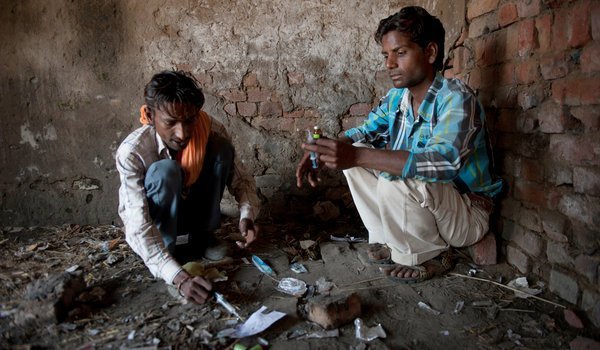
But the drug abuse is merely a symptom of the problem, because the truth is that the overall social and economic health of the state of Punjab is reeling under illiteracy, lack of proper schools, poverty and unemployment. The streets are swarming with peddlers and drugs are easily available for as little as 25 rupees a packet.
But while the rich are able to afford heroin, smack, poppyhusk and opium, the poor make do with cheap substitutes like iodex and petroleum. A recent development has been the pushing of synthetic drugs through illegal chemist shops
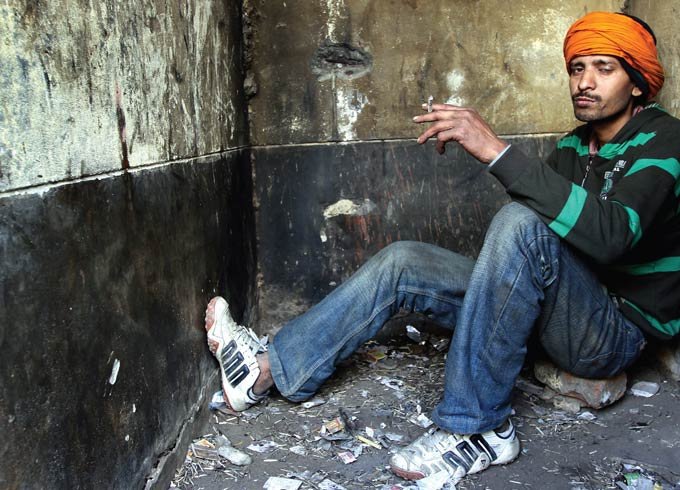
The drugs make their way into the country from Pakistan, smuggled across the international border, and is a widespread efficient network that works under the nose of the Border Security Force, Narcotics Control Bureau and Intelligence Bureau.
The police estimate that over 350 packets of heroin come in to India everyday and it is part of a larger agenda to weaken the first line of defence of the country by creating a generation of heroin addicts.
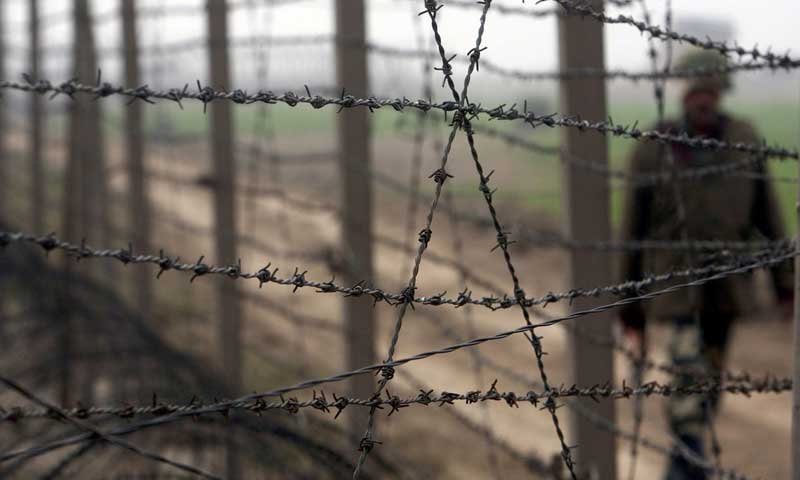
While there are de-addiction centres in Punjab, more than half of them operate illegally and the need for rehabilitation has not been recognised and so it does not exist.
The stigma of the problem also alienates them from their family and the catch is that any de-addiction story needs a strong support system to be successful. They also need a community of other drug-users because they are best able to understand and empathise with the trap of addiction.
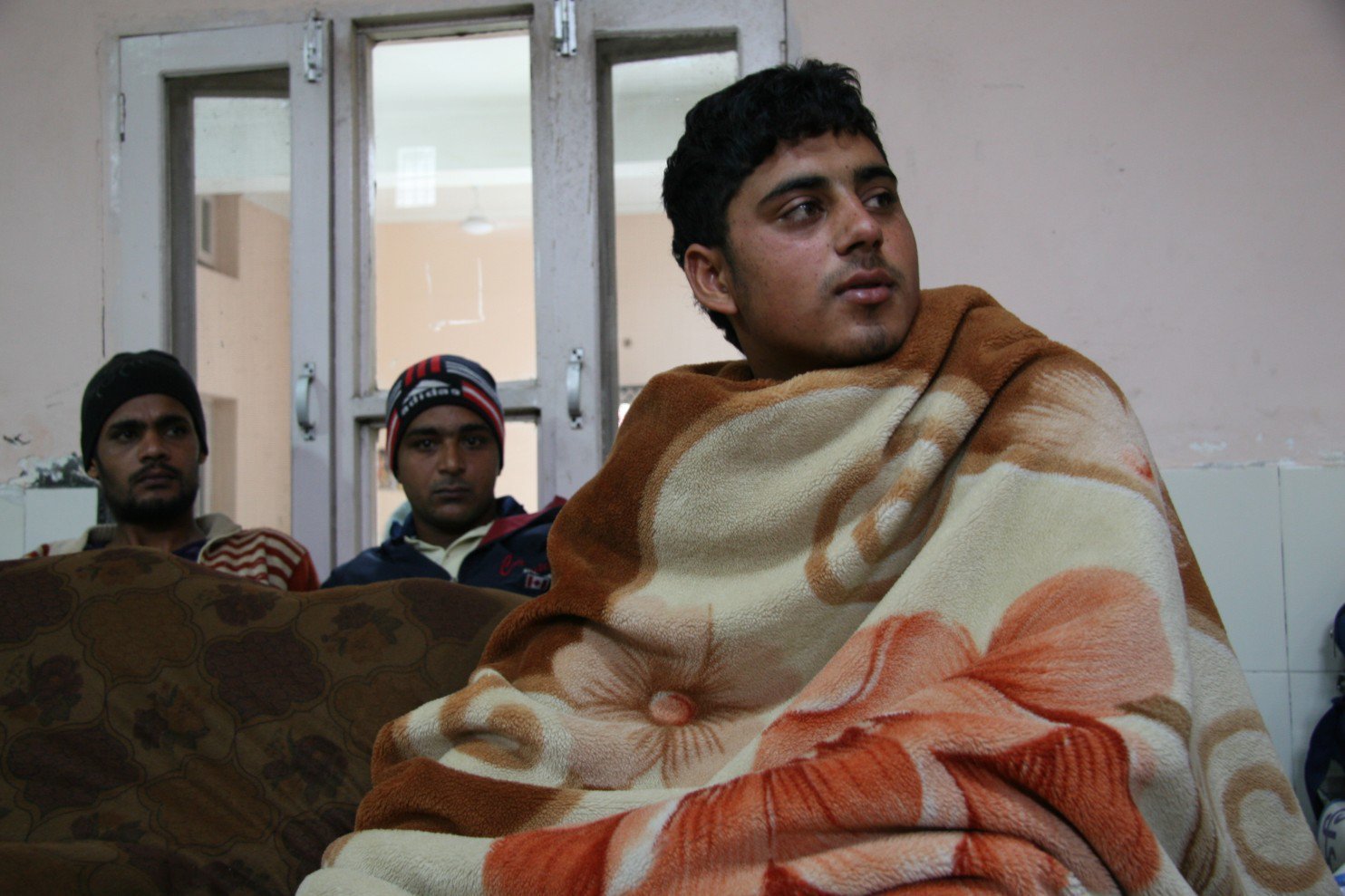
For Punjab the need of the hour is improved social welfare, literacy, and increased awareness of the problem that plagues the state. And along with an increase crackdown on drug trafficking across the border they also need to work on reducing the demand for drugs. And just like every other time there is hope for Punjab to make their way out of the darkness and into the light.
Watch this video for the full picture
Glut – The Untold Story of Punjab from N7Films on Vimeo.

















